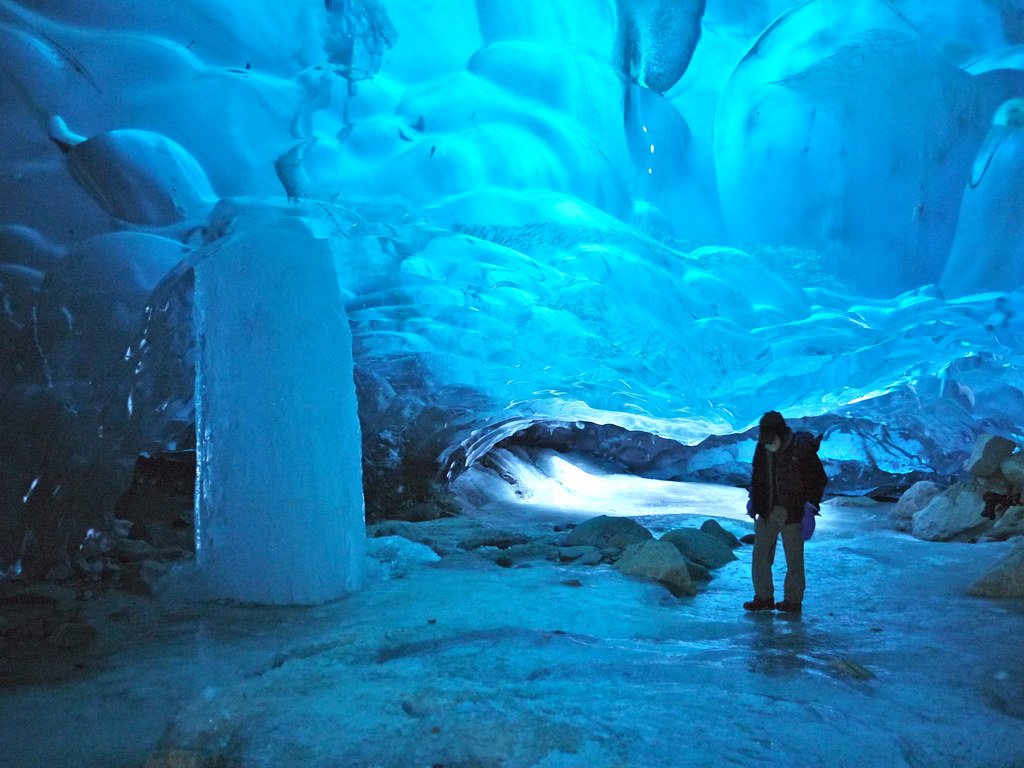Imagine a layer of the ocean so teeming with life that, when first discovered, scientists mistook it for the seafloor. This isn’t fiction or a sailor’s tall tale—it’s the story of the deep scattering layer, a mysterious band of ocean creatures that move as one, deceiving even the most advanced sonar systems. Their nightly migration is the largest on Earth, yet most people have never heard of them. Let’s plunge into the twilight zone and uncover the secrets of these hidden fish and their mesmerizing world.
The Discovery That Shocked Scientists
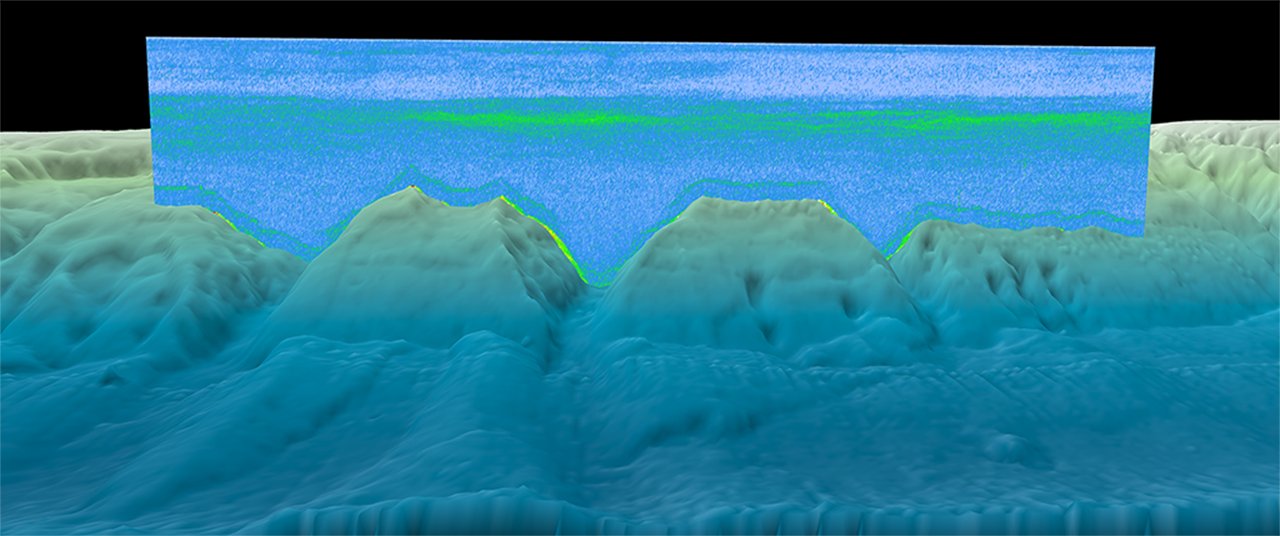
In the 1940s, naval researchers were baffled when sonar readings picked up what looked like the ocean bottom, only for it to shift upward and downward each day. This “phantom seafloor” was actually a dense cloud of fish, shrimp, and other organisms. It was dubbed the “deep scattering layer” because it scattered sound waves, creating false signals for sonar. The revelation was both thrilling and unsettling—here was an entire ecosystem, invisible to the naked eye, moving in sync with the rhythm of day and night. This discovery forever changed our understanding of ocean life and the complexity hidden beneath the waves.
What Is the Deep Scattering Layer?
The deep scattering layer (DSL) is a vast, shifting band of marine life that typically lies between 300 and 1,000 meters below the ocean surface. It’s made up of countless small fish, squid, and zooplankton, forming what scientists call a “living curtain.” By day, these creatures stay deep, hiding from predators in the dim twilight. At night, they rise toward the surface to feed, creating a nightly vertical migration that rivals the scale of the great wildebeest migrations on land. This layer is so dense and consistent that it can be tracked across entire oceans.
The Creatures That Make Up the Layer
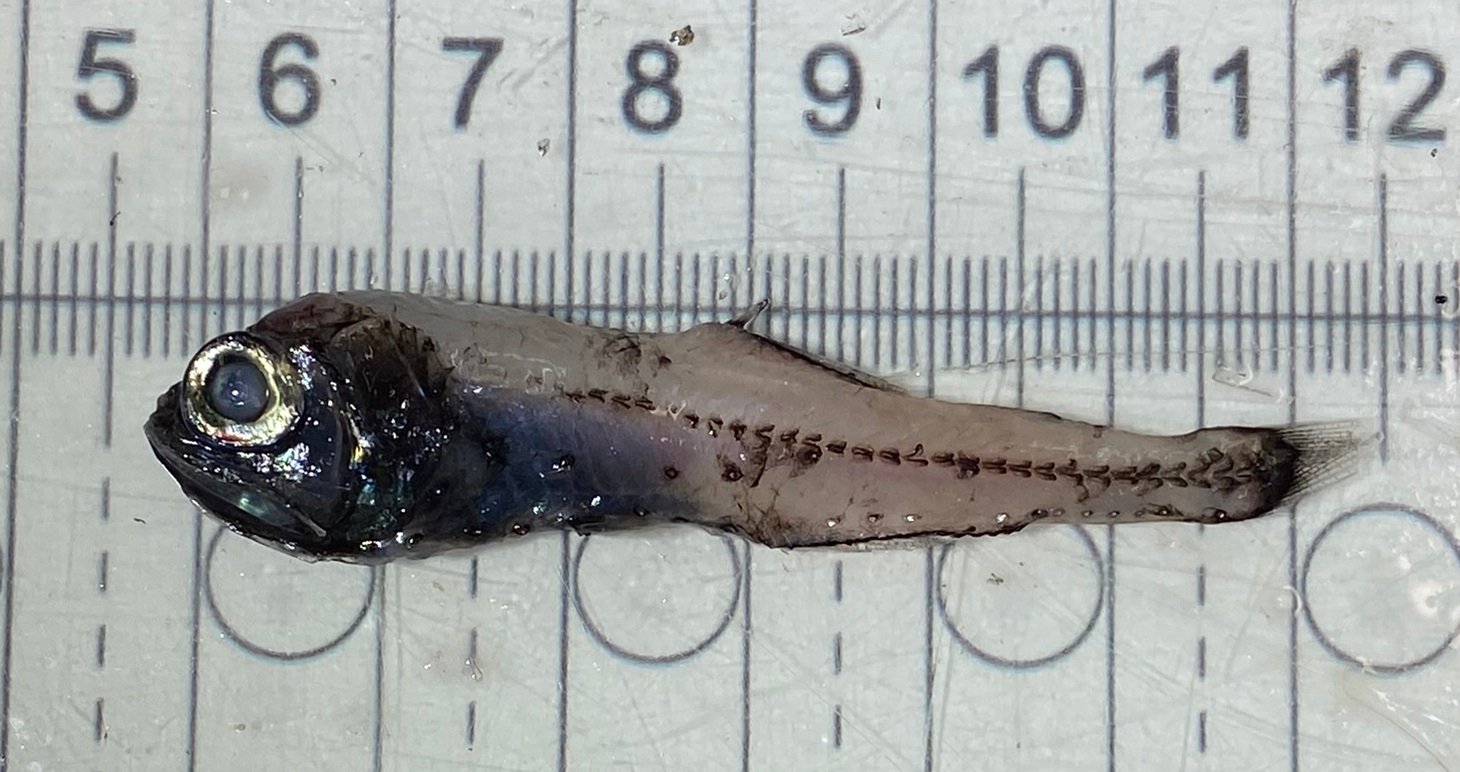
At first glance, the fish and creatures in the DSL might seem unremarkable—many are small and silvery, like lanternfish or bristlemouths. However, they are some of the most abundant vertebrates on Earth. Lanternfish, in particular, are known for their glowing photophores, which light up the darkness like stars. Tiny shrimp, squid, and jelly-like siphonophores join them, each adapted to life in the deep. Together, these species form a swirling, glittering cloud that’s both beautiful and eerie, providing a vital link in the ocean’s food chain.
The Phenomenon of Diel Vertical Migration
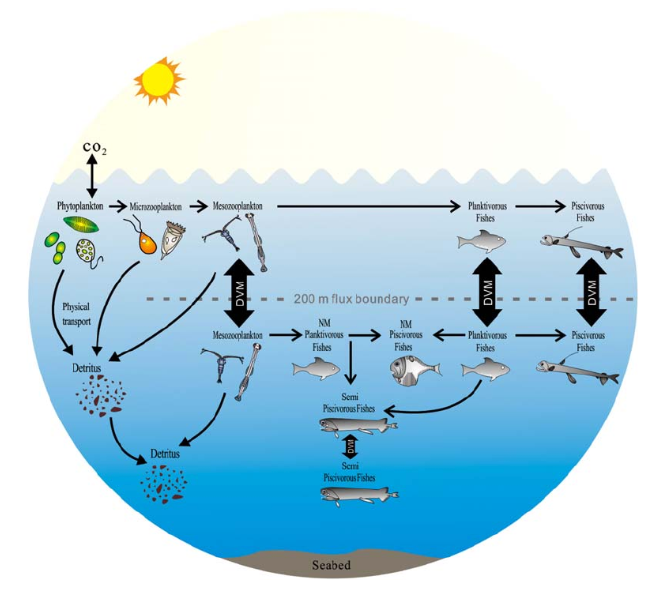
One of the most awe-inspiring behaviors in the natural world occurs nightly within the DSL: diel vertical migration. As the sun sets, billions of sea creatures begin a massive ascent, sometimes traveling hundreds of meters toward the surface to feed in the safety of darkness. At dawn, they retreat back into the depths, avoiding predators like dolphins and tuna that hunt by sight. This daily journey helps transfer nutrients and carbon between the surface and deep waters, making it a crucial process for the health of our oceans.
How the Layer Tricks Sonar
Sonar works by sending sound waves into the water and measuring how they bounce back. The dense concentration of fish and other organisms in the DSL reflects these waves so strongly that early sonar operators believed they were seeing the ocean floor. Even today, military and scientific vessels must account for the DSL when interpreting sonar data. The layer’s ability to mimic the seafloor isn’t just a technical glitch—it’s a testament to how life can confound even our best technology when we least expect it.
The Importance of Bioluminescence
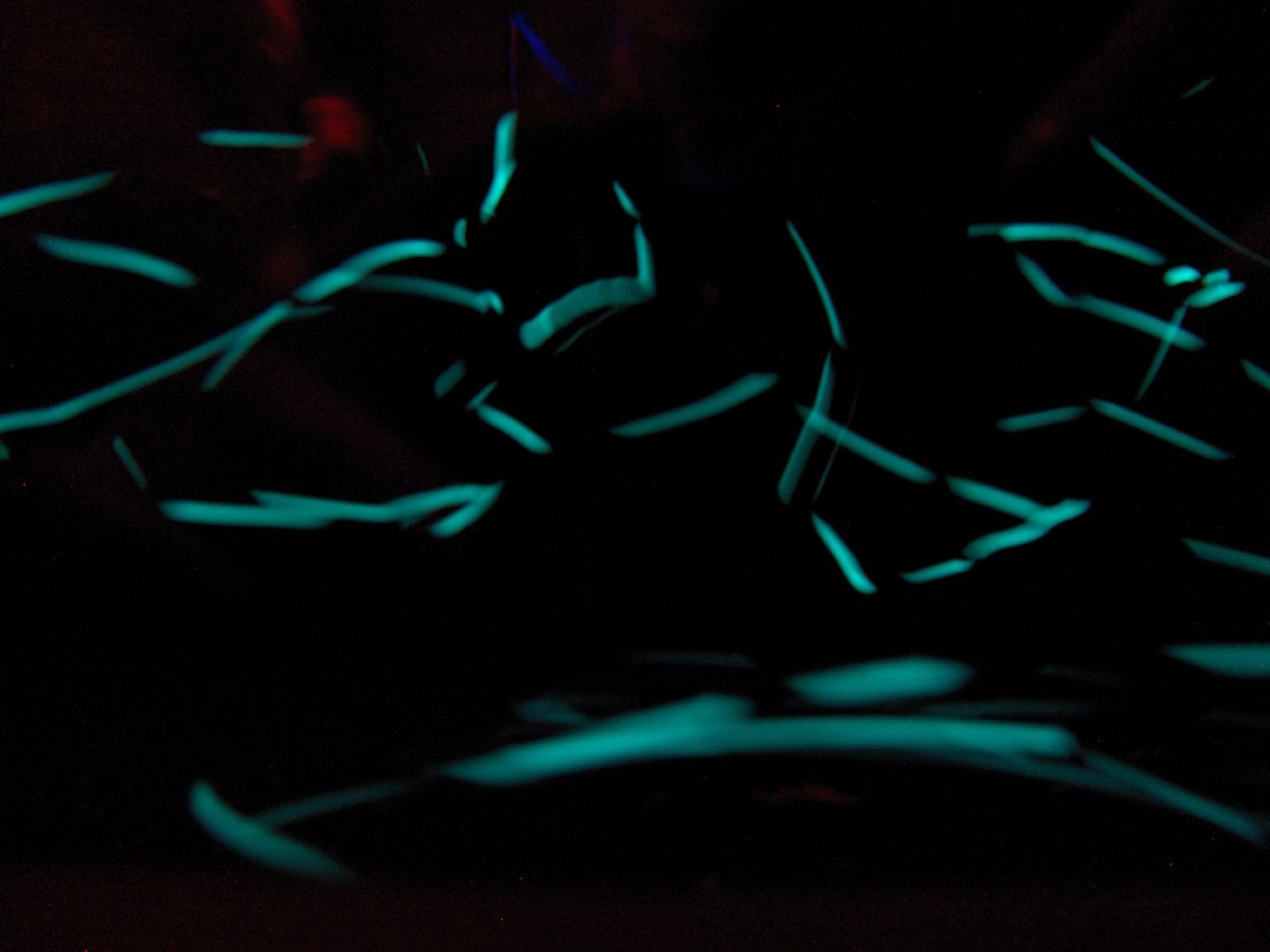
Light is a rare commodity in the deep ocean, and many DSL creatures have evolved to make their own. Bioluminescence—the production of light by living organisms—serves multiple purposes. Some fish use it to camouflage themselves, matching the faint glow of the surface above to hide from predators below. Others flash their lights to startle attackers or communicate with potential mates. The effect is a living light show, with thousands of tiny creatures twinkling in the darkness, each with its own secret code.
The Role of the Deep Scattering Layer in the Global Ecosystem
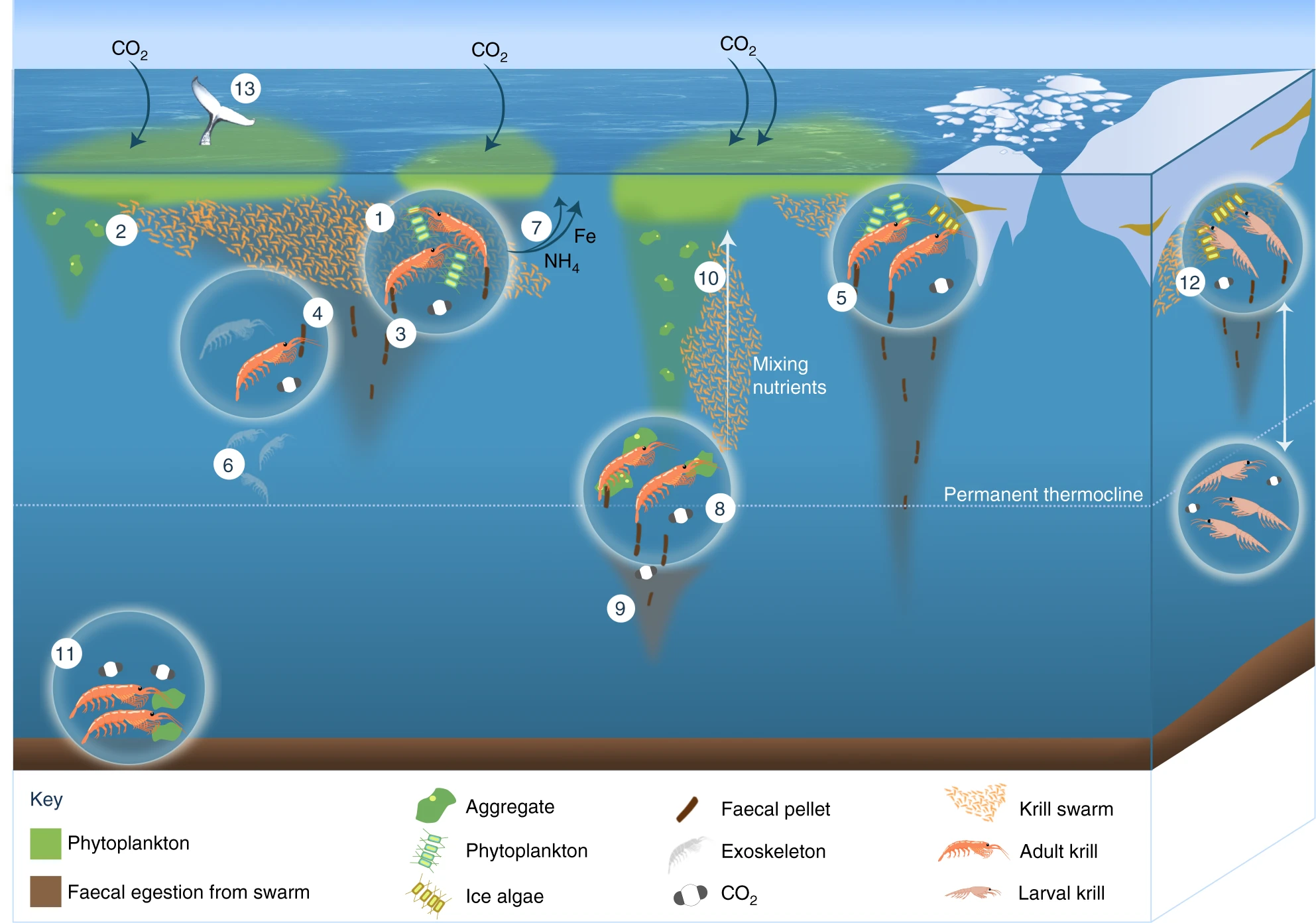
The DSL isn’t just a curiosity—it’s a vital part of the planet’s health. By moving up and down each day, these creatures help pump nutrients from the deep ocean up to the surface, supporting plankton and other life at the base of the food web. Their nightly migrations also play a role in the “biological carbon pump,” sequestering carbon dioxide from the atmosphere and helping to regulate Earth’s climate. Without the DSL, the entire ocean ecosystem would be thrown off balance.
Predators and Prey: The Hidden Battles
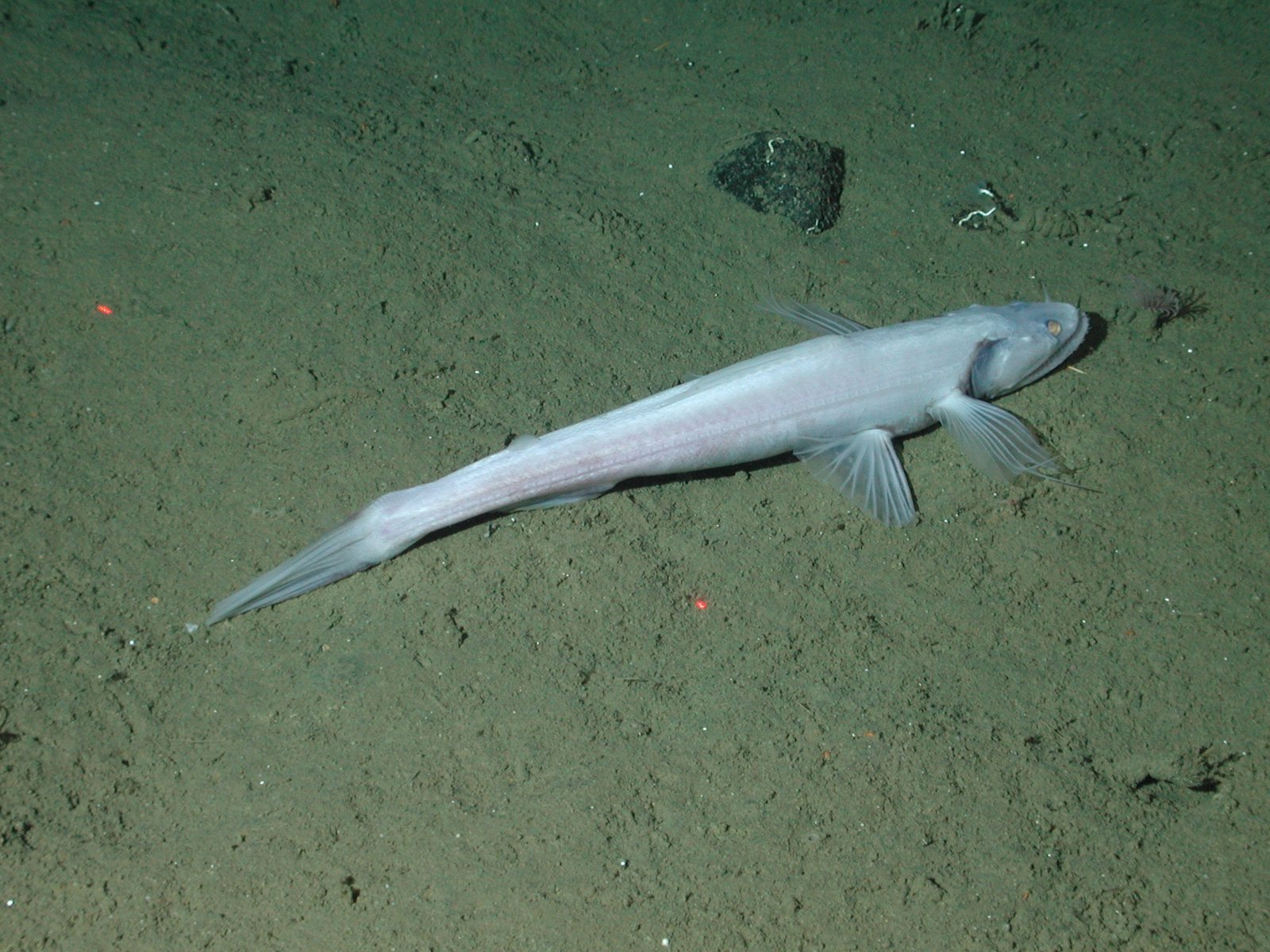
Life in the DSL is a constant game of hide-and-seek. Predators such as squid, whales, and large fish depend on the nightly ascent of the DSL creatures for food. At the same time, the creatures in the layer must avoid becoming dinner themselves. Some rely on speed, others on camouflage, and some even use their bioluminescent lights as decoys. The struggle for survival is relentless, with each night bringing new dangers and new opportunities.
Challenges in Studying the Deep Scattering Layer
Exploring the DSL is no easy task. Its residents are small, fragile, and quick to flee from bright lights or noisy equipment. Traditional nets often miss the smallest or most delicate creatures, while remote-operated vehicles can be too disruptive. Scientists are developing quieter, more sensitive tools—like specialized sonar and acoustic cameras—to observe the DSL in its natural state. Each new discovery only deepens the mystery, revealing how much we still have to learn about life in the deep.
The Future of the Deep Scattering Layer
As climate change and overfishing reshape the oceans, the fate of the DSL hangs in the balance. Scientists are racing to understand how rising temperatures and changing currents will affect this hidden world. There’s hope that by studying the DSL, we can learn how to better protect not just these elusive creatures but the entire ocean system they support. The DSL reminds us that some of the planet’s greatest wonders are still out of sight, waiting to be discovered by those curious enough to look.
The deep scattering layer is a living mystery, a world within a world that pulses with life and movement, unseen by most but crucial to all. It challenges our technology, fuels our imagination, and sustains the very fabric of the ocean. Next time you look at the sea, remember the billions of fish swirling in the darkness below—so numerous, they can trick even the sharpest eyes and the cleverest machines. What other marvels might be waiting in the deep?



